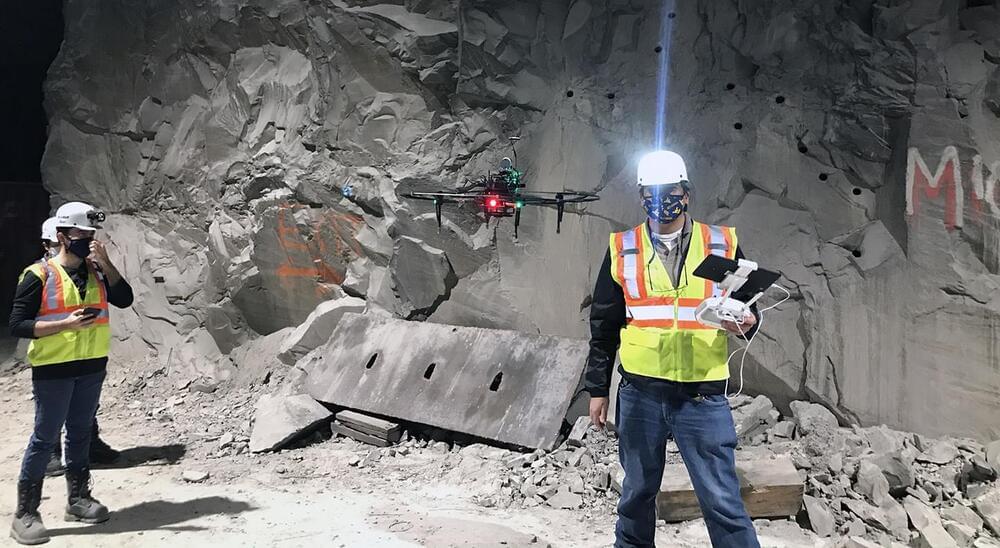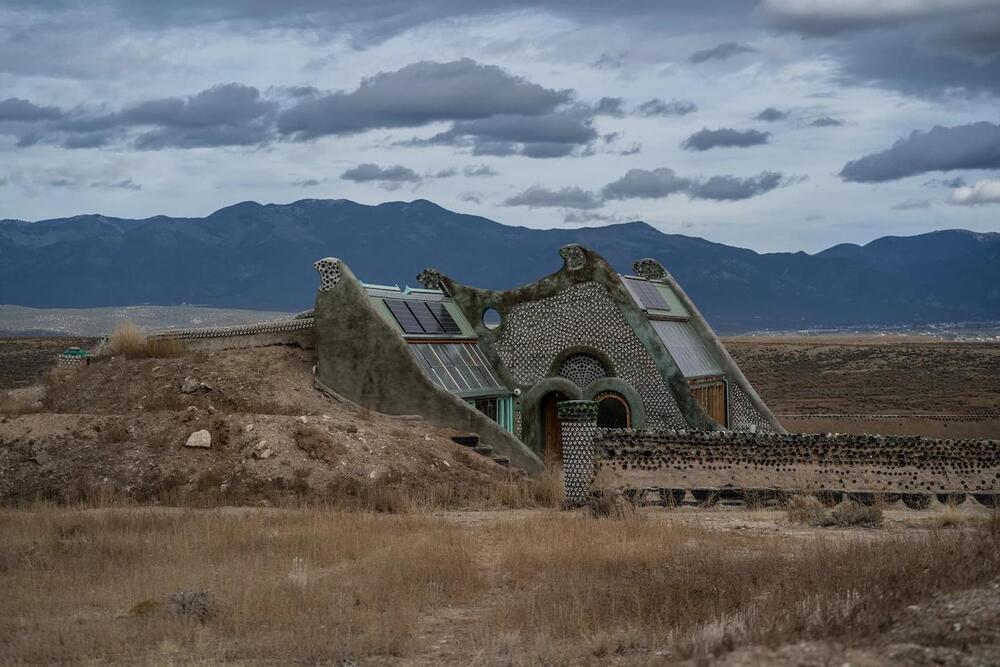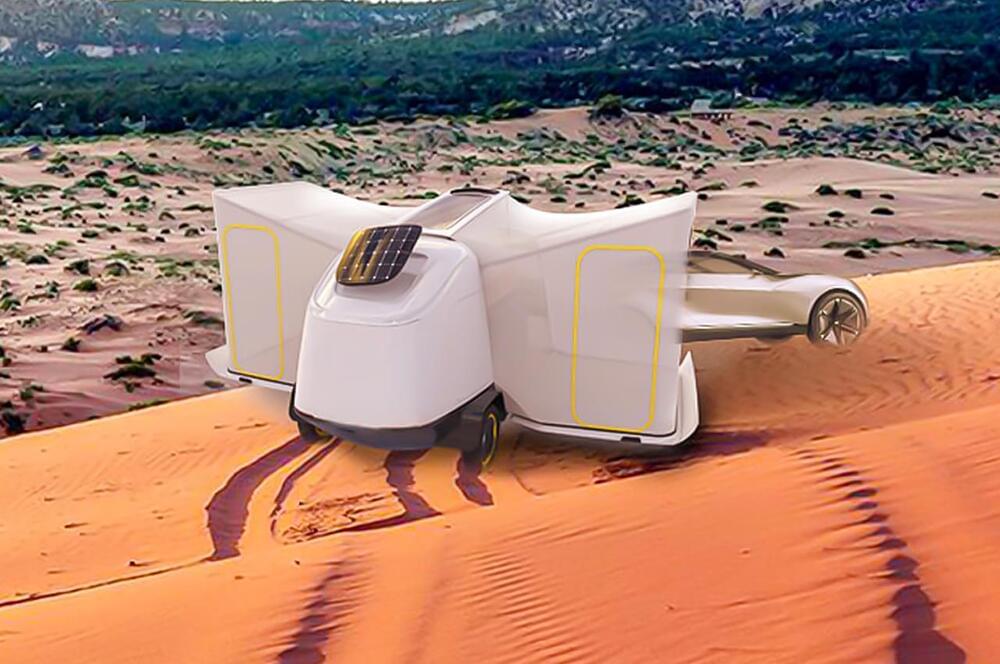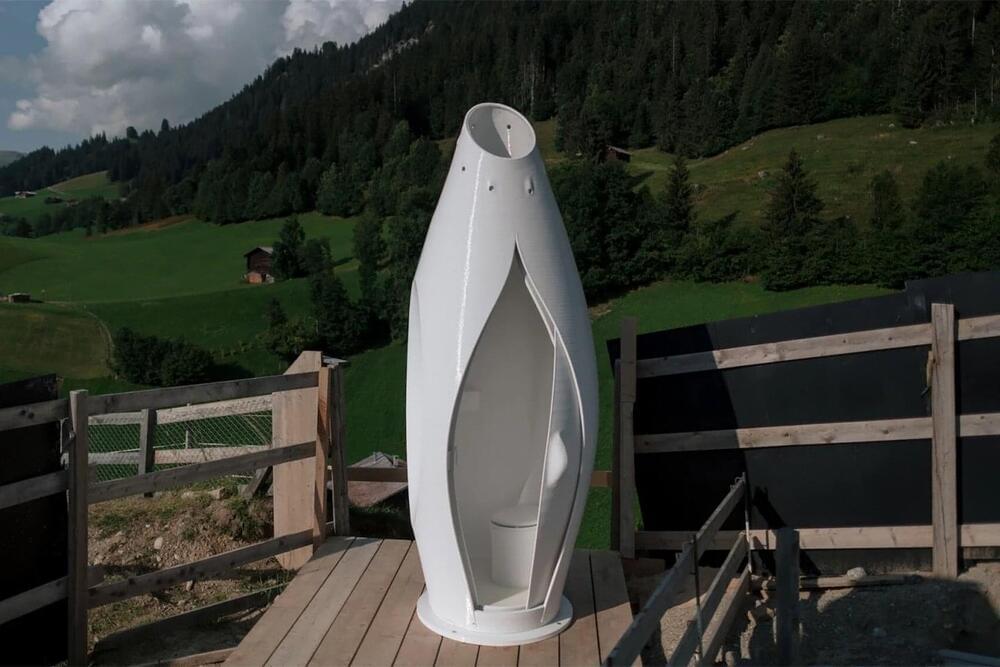The number of malware infections targeting Linux devices rose by 35% in 2021, most commonly to recruit IoT devices for DDoS (distributed denial of service) attacks.
IoTs are typically under-powered “smart” devices running various Linux distributions and are limited to specific functionality. However, when their resources are combined into large groups, they can deliver massive DDoS attacks to even well-protected infrastructure.
Besides DDoS, Linux IoT devices are recruited to mine cryptocurrency, facilitate spam mail campaigns, serve as relays, act as command and control servers, or even act as entry points into corporate networks.









